NEET Exam > NEET Notes > Biology Class 11 > Cheat Sheet : Cell - The Unit of Life
Cheat Sheet : Cell - The Unit of Life | Biology Class 11 - NEET PDF Download
What is a Cell?

Cell Theory

Overview of Cell
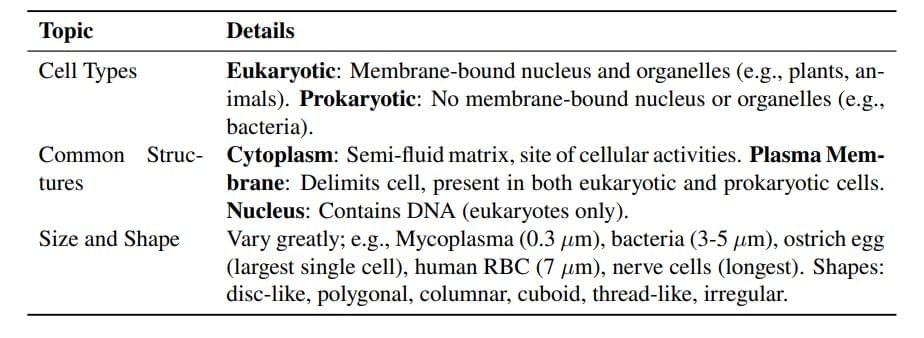
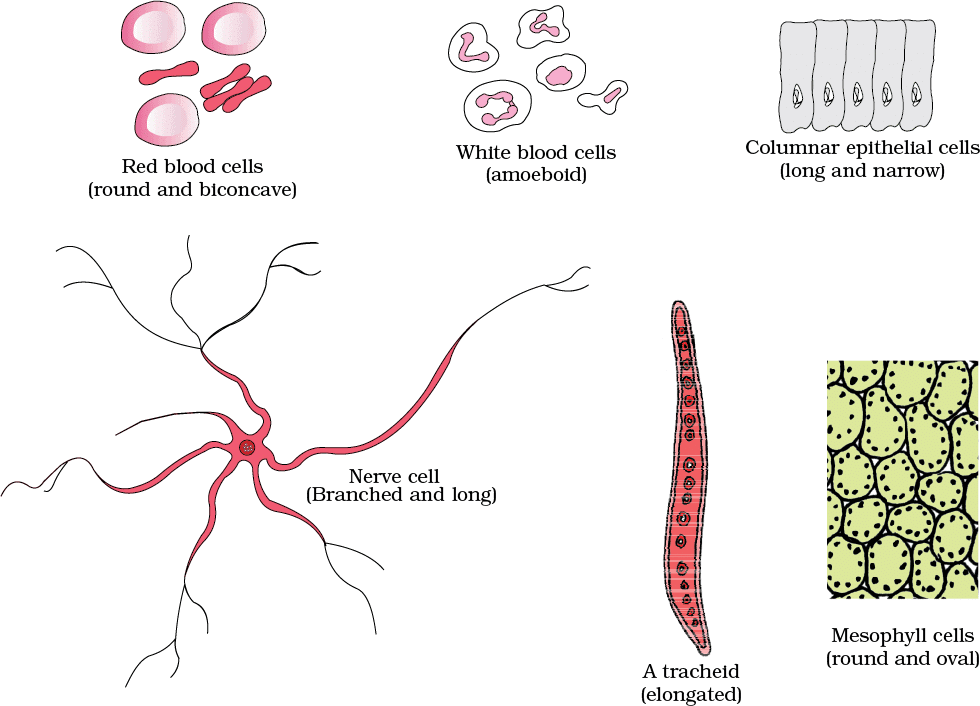 Diagram showing different shapes of the cells
Diagram showing different shapes of the cells
Prokaryotic Cells
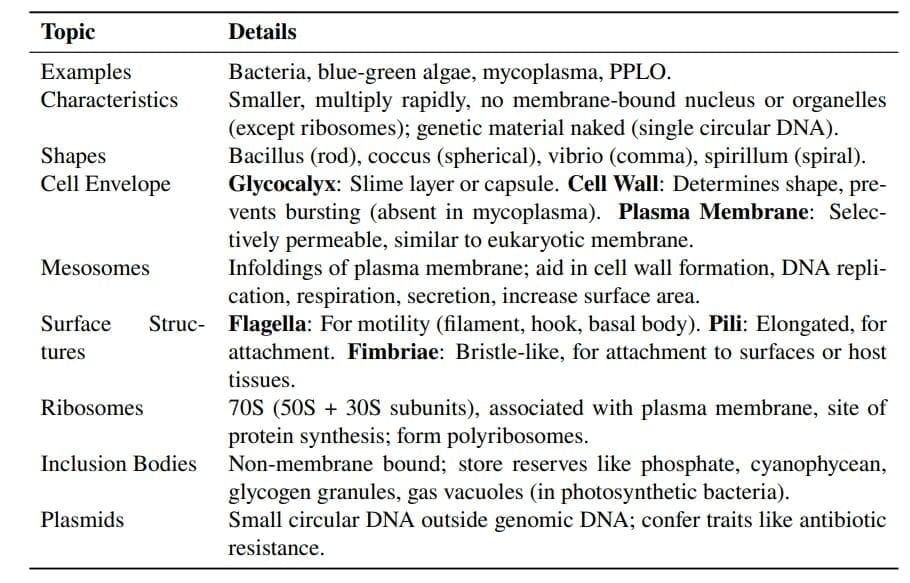
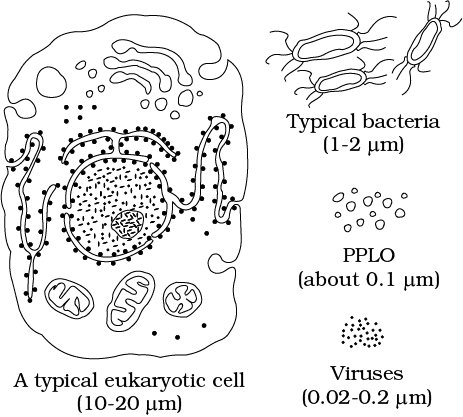 Diagram showing comparison of eukaryotic cell with other organisms
Diagram showing comparison of eukaryotic cell with other organisms
Eukaryotic Cells

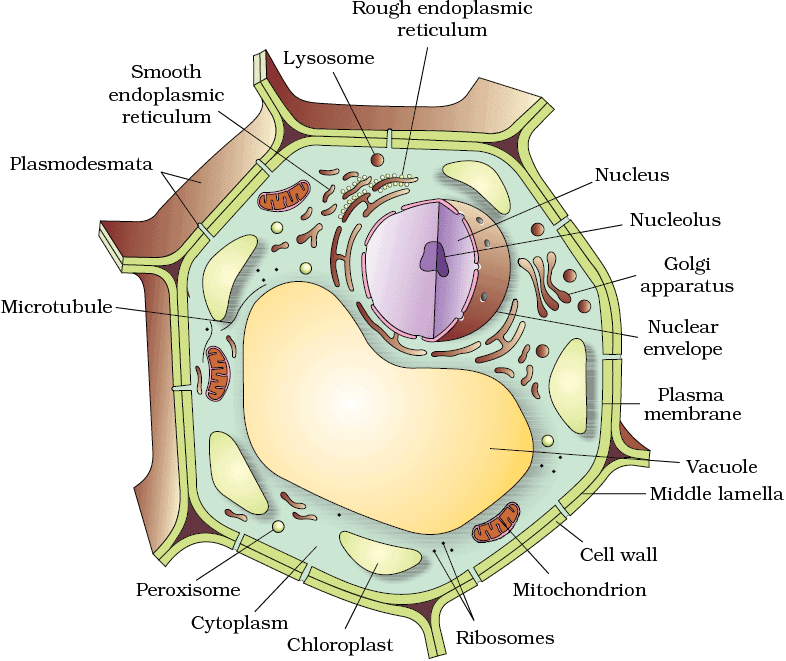 Plant Cell
Plant Cell
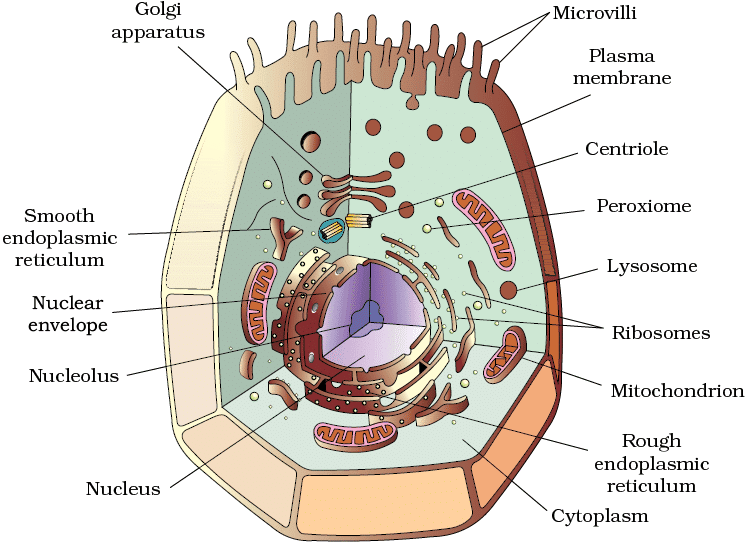 Animal Cell
Animal Cell
Cell Membrane
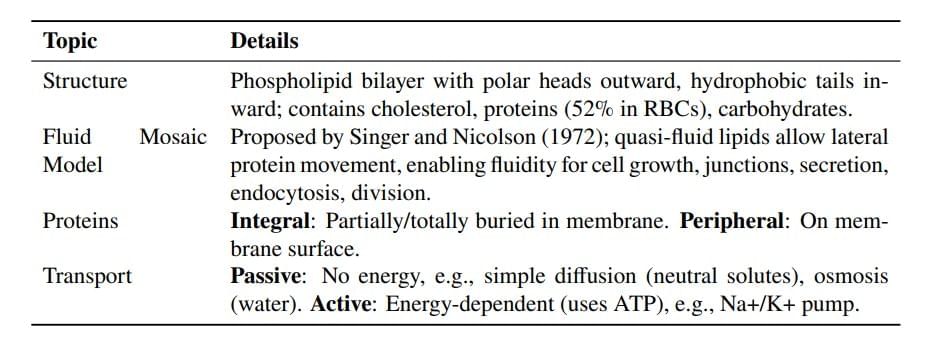
Cell Wall
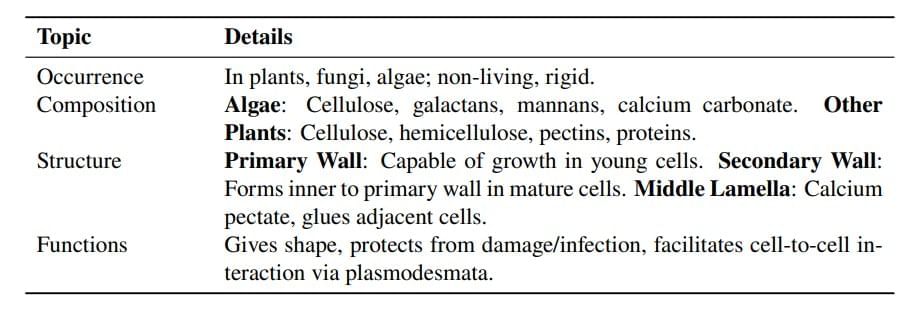
Endomembrane System
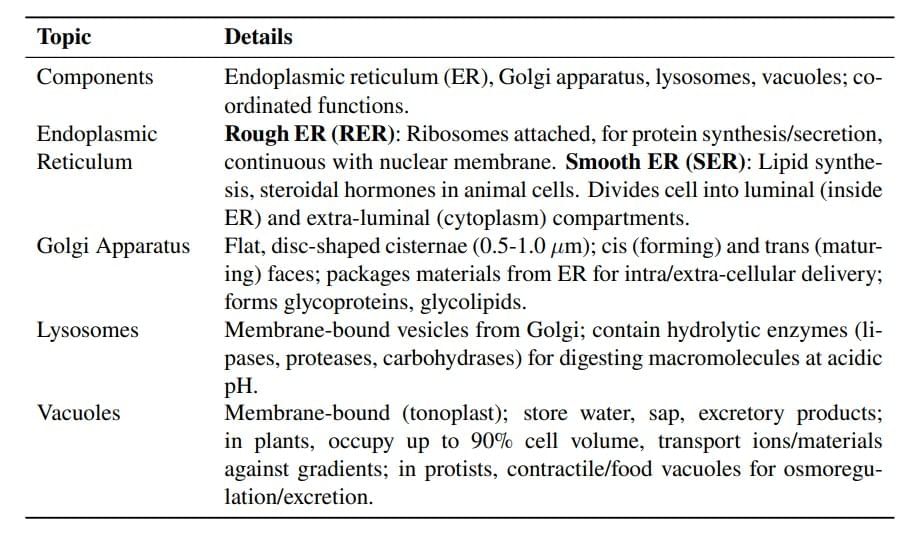
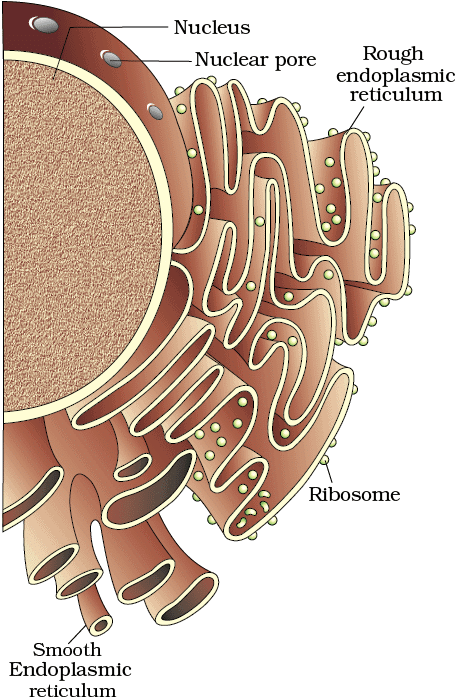 Endoplasmic Reticulum
Endoplasmic Reticulum
Mitochondria

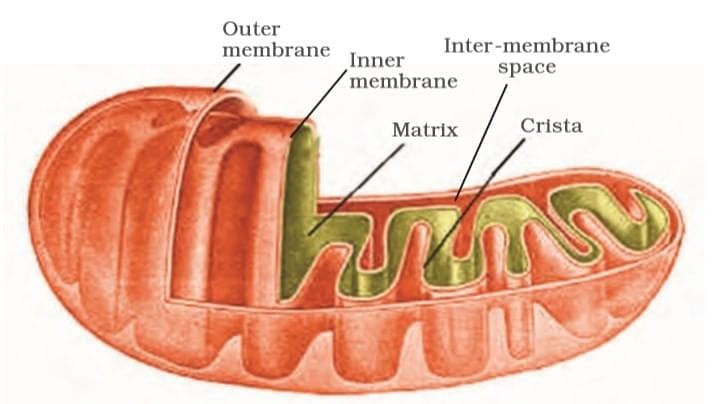 Mitochondria
Mitochondria
Plastids
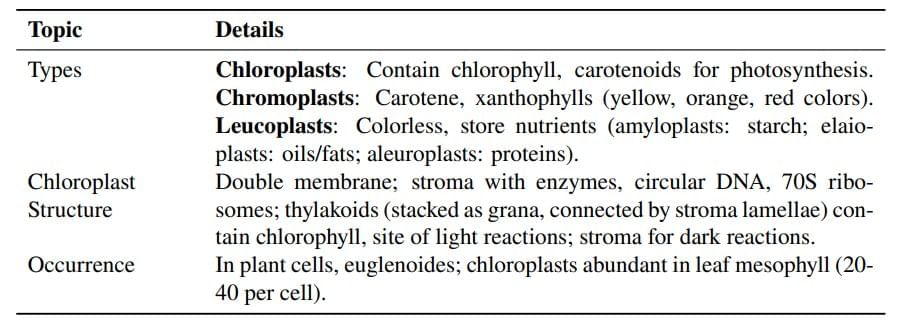
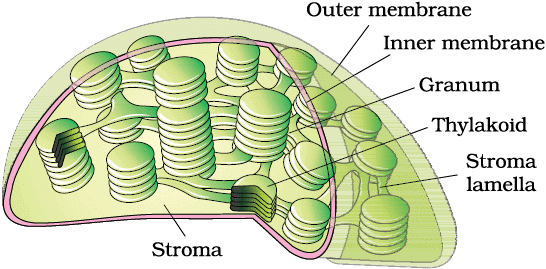 Sectional View of Choroplast
Sectional View of Choroplast
Ribosome

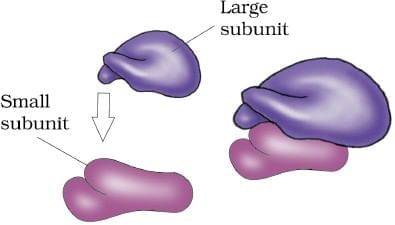 Ribosome
Ribosome
Cytoskeleton

Cilia and Flagella

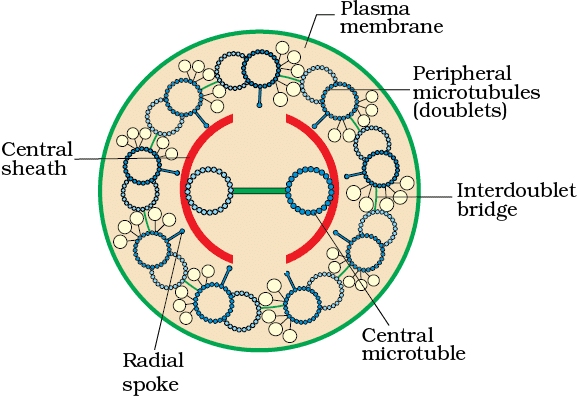 Internal Structure of Cilia/Flagella
Internal Structure of Cilia/Flagella
Centerosome and Centrioles

Nucleus
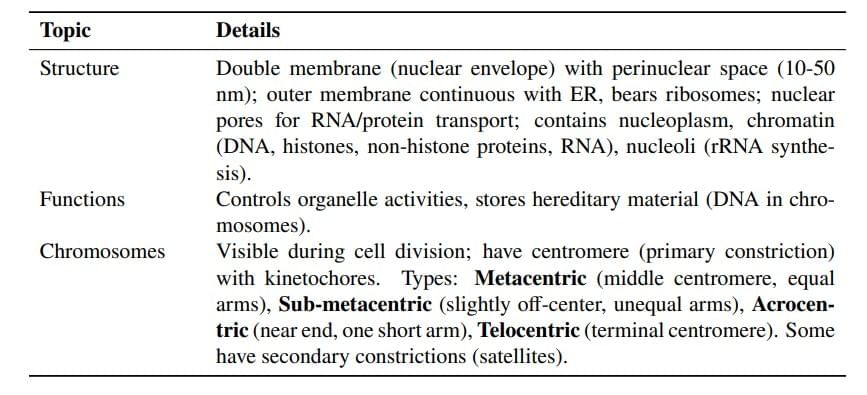
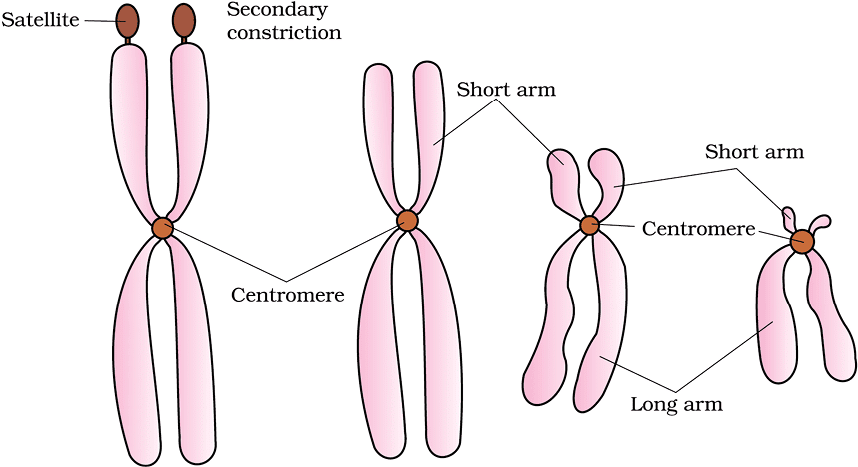 Types of Chromosomes
Types of Chromosomes
Microbodies

The document Cheat Sheet : Cell - The Unit of Life | Biology Class 11 - NEET is a part of the NEET Course Biology Class 11.
All you need of NEET at this link: NEET
|
183 videos|524 docs|136 tests
|
FAQs on Cheat Sheet : Cell - The Unit of Life - Biology Class 11 - NEET
| 1. What is the basic structure of a cell? |  |
Ans. The basic structure of a cell includes the cell membrane, cytoplasm, and nucleus. The cell membrane is a protective barrier that controls the movement of substances in and out of the cell. The cytoplasm is a jelly-like substance that contains organelles, which are specialized structures that perform various functions. The nucleus houses the cell's genetic material (DNA) and regulates cellular activities.
| 2. What are the differences between prokaryotic and eukaryotic cells? |  |
Ans. Prokaryotic cells are generally smaller and simpler than eukaryotic cells. They lack a nucleus and membrane-bound organelles, and their genetic material is found in a single circular chromosome. Eukaryotic cells, on the other hand, have a defined nucleus that contains their DNA, and they possess various organelles such as mitochondria, endoplasmic reticulum, and Golgi apparatus, which carry out specific functions within the cell.
| 3. What is the role of the cell membrane in cellular function? |  |
Ans. The cell membrane plays a crucial role in maintaining homeostasis within the cell. It acts as a selective barrier, allowing certain substances to enter or leave the cell while keeping others out. The membrane is composed of a phospholipid bilayer with embedded proteins that facilitate transport and communication between the cell and its environment.
| 4. How do cells obtain energy? |  |
Ans. Cells obtain energy primarily through the process of cellular respiration, which converts glucose and oxygen into ATP (adenosine triphosphate). In eukaryotic cells, this process occurs in the mitochondria, where glucose is broken down in the presence of oxygen to release energy. Additionally, some cells can generate energy through anaerobic processes when oxygen is not available.
| 5. What are organelles and their functions? |  |
Ans. Organelles are specialized structures within a cell that perform specific functions vital for the cell's survival and operation. For example, mitochondria are responsible for energy production, ribosomes synthesize proteins, the endoplasmic reticulum aids in the processing and transport of proteins and lipids, and lysosomes break down waste materials and cellular debris. Each organelle plays a unique role in maintaining cellular health and function.
Related Searches





















